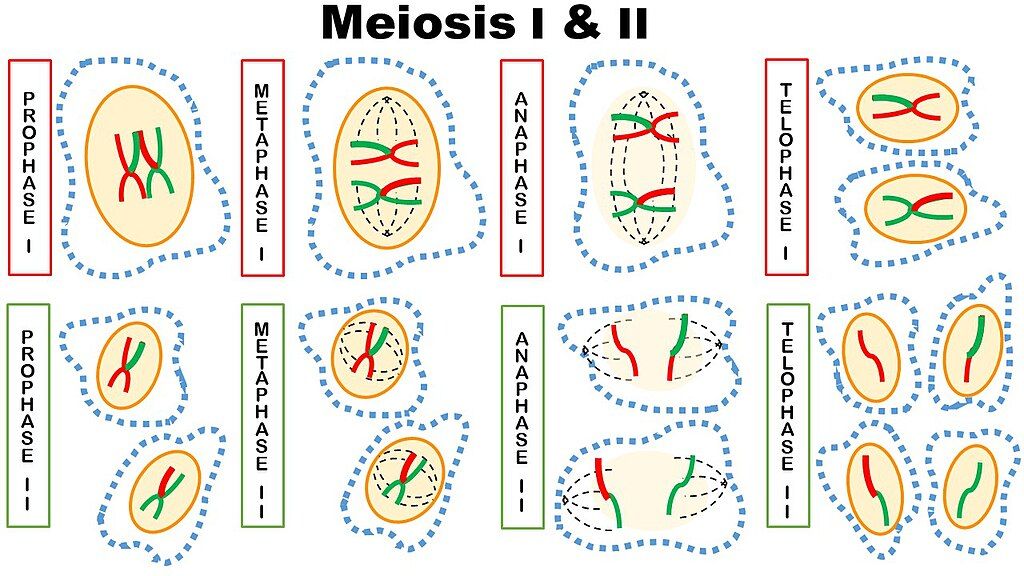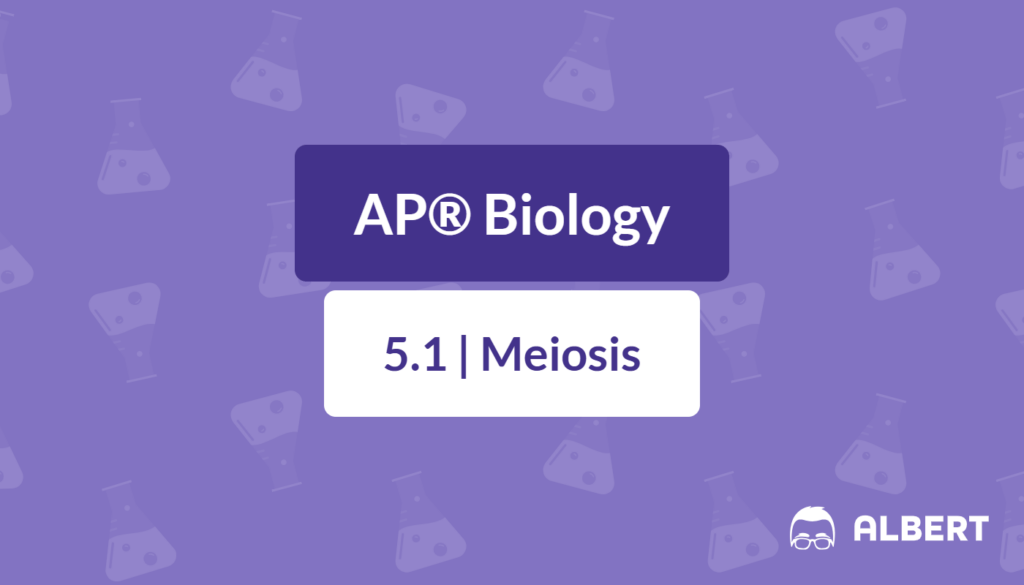What We Review
Introduction
Meiosis is a fundamental concept in AP® Biology that students often find challenging but essential to master. Understanding this process will help you grasp how genetic information is passed from one generation to the next. In this review, we’ll explore what meiosis is, its purpose, and why it’s such a critical factor in sexual reproduction. By the end of this article, you’ll have a clearer picture of its role, especially in comparison to mitosis.
What is Meiosis?
Meiosis is a specialized type of cell division that reduces the chromosome number by half, creating four haploid cells from one diploid cell. This process is necessary for sexual reproduction and ensures that offspring have the correct number of chromosomes. Unlike mitosis, which primarily deals with growth and tissue repair, meiosis introduces genetic variation and produces gametes (egg and sperm cells in animals; pollen and ovules in plants) that unite during fertilization.
The Purpose of Meiosis
- Formation of Haploid Gametes
- Meiosis creates sex cells (gametes) with half the number of chromosomes found in somatic (body) cells. When these gametes fuse, they form a zygote with a complete set of chromosomes.
- Ensuring Genetic Variation
- During meiosis, crossing over and independent assortment mix genetic material in ways that create genetically unique gametes. This diversity is vital for populations to adapt and evolve.
Meiosis vs. Mitosis
To better understand meiosis, it helps to compare it to mitosis, another form of cell division.
- Similarities
- Both involve the segregation of chromosomes.
- Both go through phases of prophase, metaphase, anaphase, and telophase.
- Differences
- Number of Daughter Cells
- Mitosis produces two diploid daughter cells; meiosis produces four haploid daughter cells.
- Genetic Content
- Mitosis forms genetically identical cells for growth and repair, while meiosis forms genetically diverse cells for reproduction.
- Number of Daughter Cells
Meiosis Stages
This process is divided into two rounds of cell division:
A. Meiosis I
- Sometimes called the “reduction division” because it reduces the chromosome number by half.
- Homologous chromosomes pair up, allowing crossing-over to occur.
B. Meiosis II
- Similar to mitosis but starts with haploid cells.
- Sister chromatids separate, creating four distinct haploid cells by the end.
Detailed Breakdown of Each Stage
It’s useful to break down the key steps within each sub-phase of meiosis.

Meiosis I
- Prophase I
- Homologous chromosomes pair up (synapsis).
- Crossing-over occurs, exchanging genetic material between non-sister chromatids.
- Metaphase I
- Homologous chromosome pairs align along the metaphase plate.
- Independent assortment: chromosomes line up in random orientations.
- Anaphase I
- Homologous pairs separate and move to opposite poles.
- Telophase I
- Cytokinesis divides the cytoplasm into two haploid cells.
Meiosis II
- Prophase II–
- Chromosomes condense again (in each haploid cell).
- Spindle fibers form and attach to chromosomes.
- Metaphase II
- Chromosomes align at the metaphase plate in a single file (like mitosis).
- Anaphase II
- Sister chromatids split and migrate to opposite poles.
- Telophase II
- Nuclear membranes reform, and cytokinesis produces four haploid daughter cells.
Outcomes of Meiosis
By the end of this process, a single diploid cell has morphed into four genetically unique haploid cells. This outcome gives rise to great genetic variation in populations, forming the basis of most evolutionary processes. With random fertilization and natural selection acting on these variations, species can adapt and survive changing environments.
Conclusion
Meiosis is the cornerstone of sexual reproduction, driving genetic diversity and ensuring each generation receives the correct amount of genetic material. From the formation of haploid gametes to the introduction of genetic variability, this process plays a critical role in the continuity of life. As you prepare for the AP® Biology exam, make sure you’re comfortable with each stage, how it differs from mitosis, and its purpose within the larger scope of genetics.
With a thorough understanding of meiosis, you’ll be well on your way to success on the AP® Biology exam. Keep reviewing, practice often, and watch your confidence grow as you master this essential topic.
Sharpen Your Skills for AP® Biology
Are you preparing for the AP® Biology test? We’ve got you covered! Try our review articles designed to help you confidently tackle real-world math problems. You’ll find everything you need to succeed, from quick tips to detailed strategies. Start exploring now!
Need help preparing for your AP® Biology exam?
Albert has hundreds of AP® Biology practice questions, free response, and full-length practice tests to try out.








